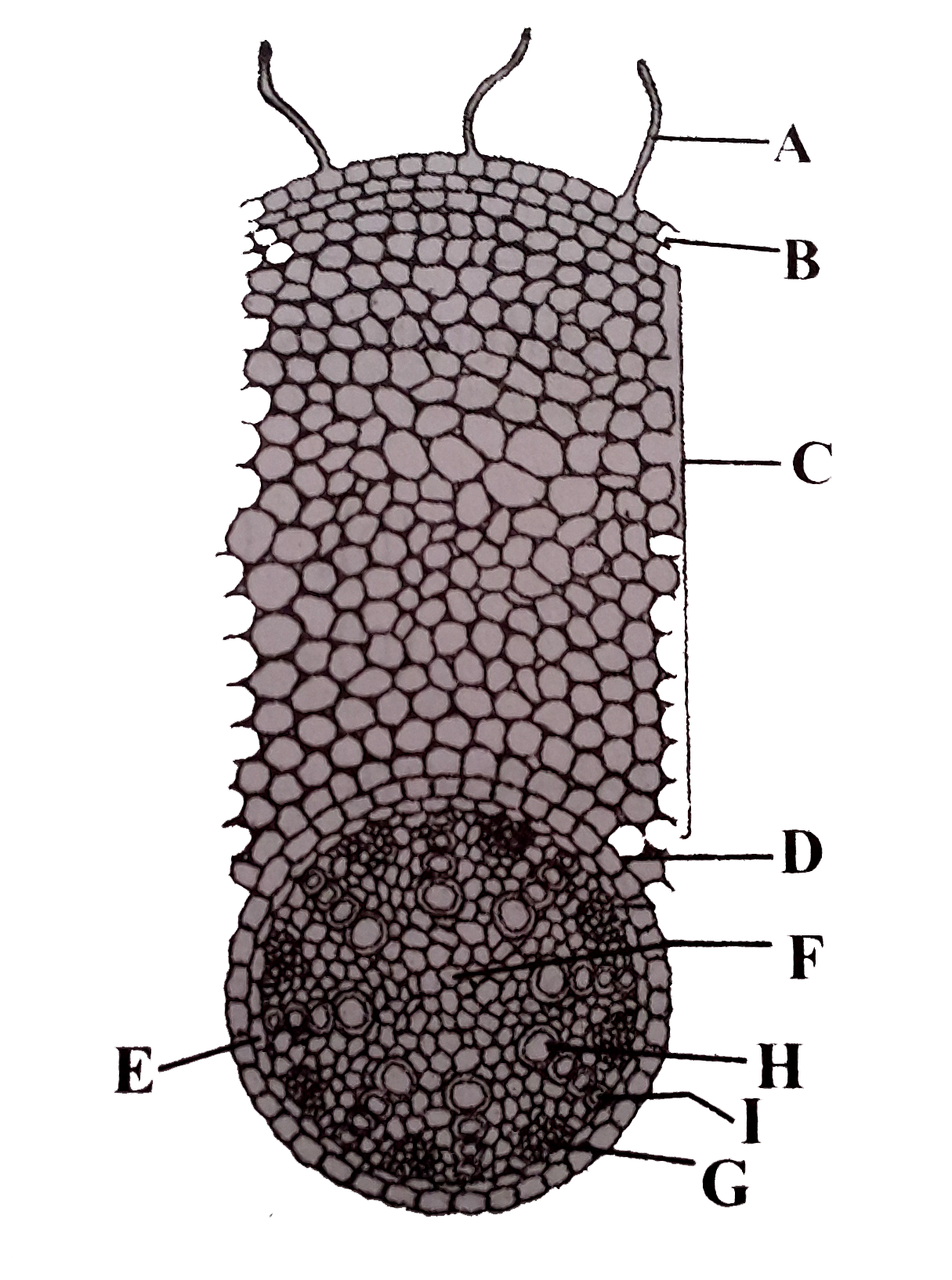
Transverse section of a part of a typical monocotyledonous root has been shown in the given figure. Identify the different parts (from A to I) and select the correct option.
A-Root hair, B-Epiblema, C-Cortex, D-Endodermis
E-Pericycle, F-Pith, G-Phloem, H-Metaxylem, I-Protoxylem
A-Root hair, B-Epiblema, C-Cortex. D-pericycle, E-Endodermis, F-Pth, G-Phloem, H-Metaxylem, I-Protoxylem
A-Root hair, B-Epiblema, C-Cortex, D-Endodermis, E-Pericycle, F-Pith, G-Phloem, H-Protoxylem, I-Metaxylem
A-Root hair, B-Cortex, C-Epiblema, D-Pericycle, E-Endodermis, F-Passage cell, G-Protoxylem, H-Phloem, I-Metaxylem
The correct Answer is:A
Step by step video, text & image solution for Transverse section of a part of a typical monocotyledonous root has been shown in the given figure. Identify the different parts (from A to I) and select the correct option. by Biology experts to help you in doubts & scoring excellent marks in Class 11 exams.
Updated on:21/07/2023Topper's Solved these Questions
- ANATOMY OF FLOWERING PLANTSBOOK - NCERT FINGERTPS ENGLISHCHAPTER - ANATOMY OF FLOWERING PLANTSEXERCISE - Assertion & Reason
15 Videos
- ANATOMY OF FLOWERING PLANTSBOOK - NCERT FINGERTPS ENGLISHCHAPTER - ANATOMY OF FLOWERING PLANTSEXERCISE - Anatomy Of Flowering Plants
143 Videos
- ANIMAL KINGDOMBOOK - NCERT FINGERTPS ENGLISHCHAPTER - ANIMAL KINGDOMEXERCISE - Animal Kingdom
148 Videos
Similar Questions
Knowledge Check
Refer to the given figure Identify the lavbelled parts (A−H) and select the correct option.
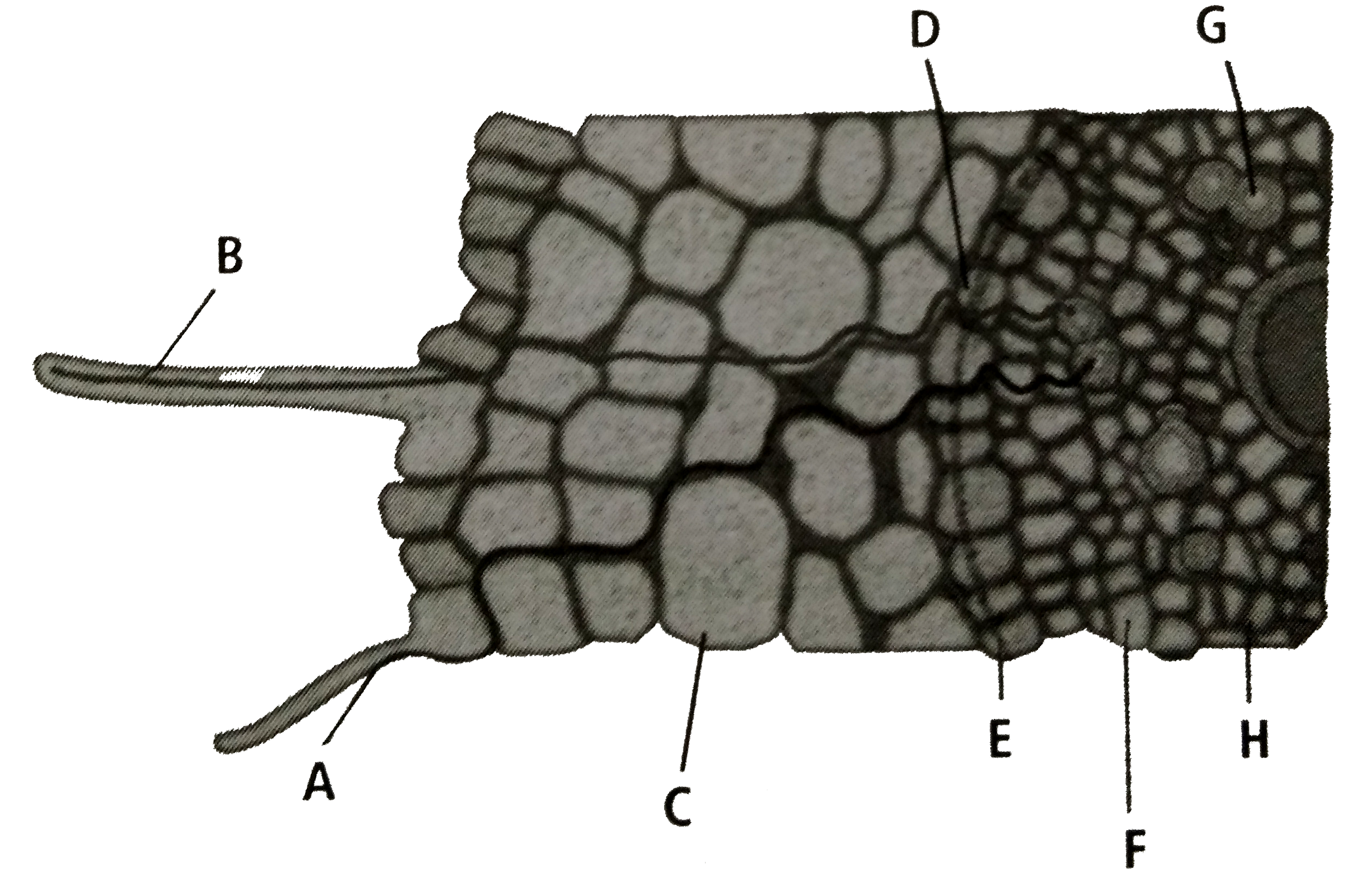 AA-Symplastic path,B-Apoplastic path,C-Cortex,
AA-Symplastic path,B-Apoplastic path,C-Cortex,
D-Endodermis,E-Casparian strips,F-Pericycle,
G-Xylem,H-PhloemBA-Apoplastic path ,B-Symplastic path,C-Cortex,
D-Endoermis,E-Casparian strips,F-Pericycle,
G-Xylem,H-PhloemCA-Apoplastic path,B-Symplastic path ,C-Cortex,
D-Endodermis,E-Casparian strips,F- Pericycle,
G-Phloem,H-XylemDA-Symplastic path ,B-Apoplastic path ,C-Cortex,G-Phloem,H-Xylem
D-Endodermis ,E-Casparian strips ,F-Pericycle,
G-Phloem,H-XylemA diagram of ear is given here.Identify the parts A to H and select the correct option.
 AA-Temporal bone, B-Malleus, C-Incus, D-Stapes, E-Cochlea, F-Eustachian tube, G-Tympanic membrane, H-External auditory canalBA-Tympanic membrane, B-Malleus, C-Incus, D-Stapes, E-Cochlea, F-Eustachian tube, G-Temporal bone, H-External auditory canalCA-Tympanic membrane, B-Incus, C-Malleus, D-Stapes, E-Cochlea, F-Eustachian tube, G-Temporal bone, H-External auditory canalDA-Temporal bone, B-Malleus, C-Incus, D-Cochlea, E-Stapes, F-Eustachian tube, G-Tympanic membrane, H-External auditory canal
AA-Temporal bone, B-Malleus, C-Incus, D-Stapes, E-Cochlea, F-Eustachian tube, G-Tympanic membrane, H-External auditory canalBA-Tympanic membrane, B-Malleus, C-Incus, D-Stapes, E-Cochlea, F-Eustachian tube, G-Temporal bone, H-External auditory canalCA-Tympanic membrane, B-Incus, C-Malleus, D-Stapes, E-Cochlea, F-Eustachian tube, G-Temporal bone, H-External auditory canalDA-Temporal bone, B-Malleus, C-Incus, D-Cochlea, E-Stapes, F-Eustachian tube, G-Tympanic membrane, H-External auditory canalThe path of reflex arc is shown in the given figure.Identify the different labellings A,B,C,D,E,F and select the correct option.
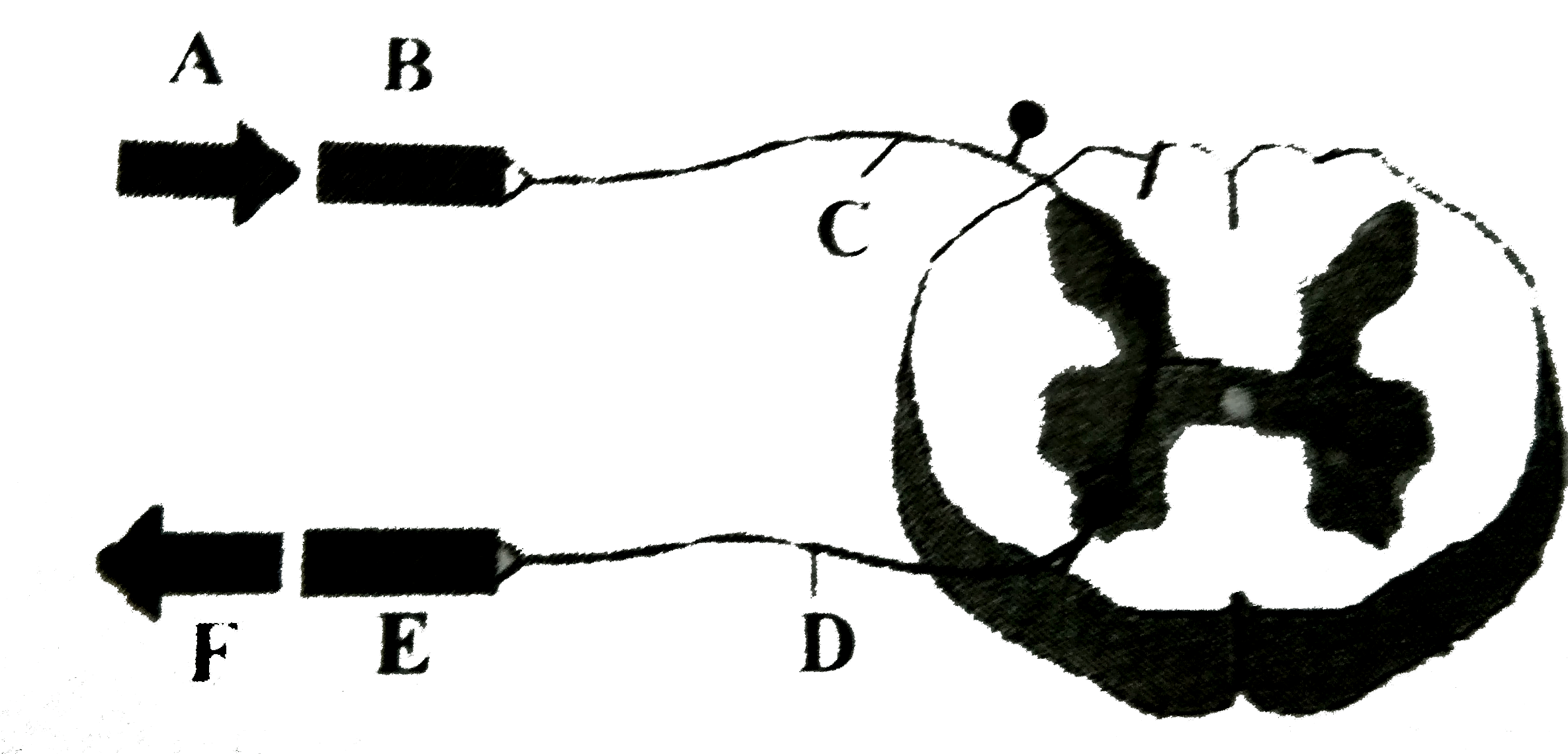 AABCDEFStimulusEffectorSensory nerveMotor nerveReceptorResponseBABCDEFStimulusReceptorSensory nerveMotor nerveEffectorResponseCABCDEFStimulusEffectorMotor nerveSensory nerveReceptorResponseDABCDEFStimulusReceptorMotor nerveSensory nerveEffectorResponse
AABCDEFStimulusEffectorSensory nerveMotor nerveReceptorResponseBABCDEFStimulusReceptorSensory nerveMotor nerveEffectorResponseCABCDEFStimulusEffectorMotor nerveSensory nerveReceptorResponseDABCDEFStimulusReceptorMotor nerveSensory nerveEffectorResponse
Identify the given figures A, B and C and select the correct option.

View SolutionIdentify the figures and select the correct option .

View Solution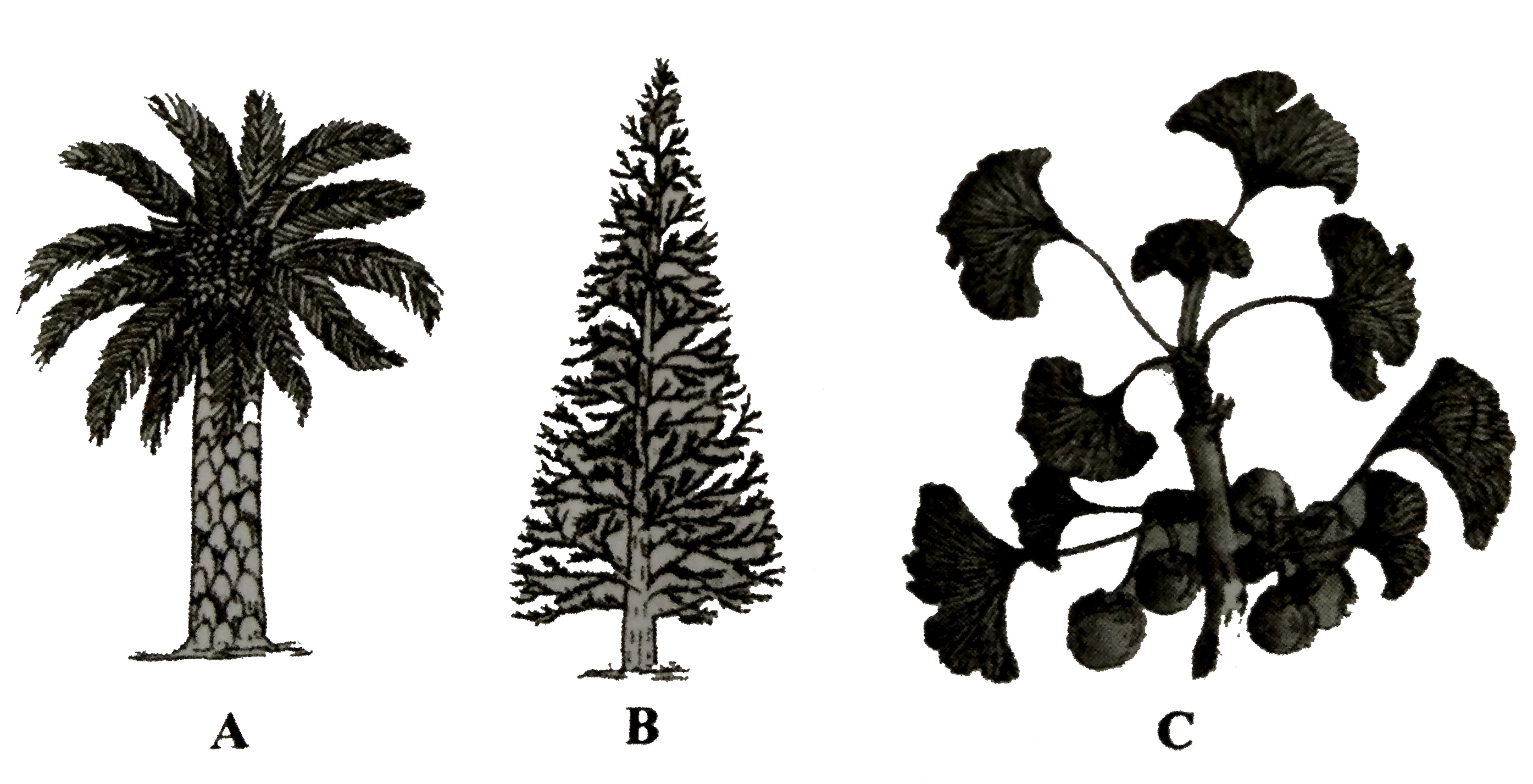
Identify the gymnosperms shown in figure and select the correct option
View Solution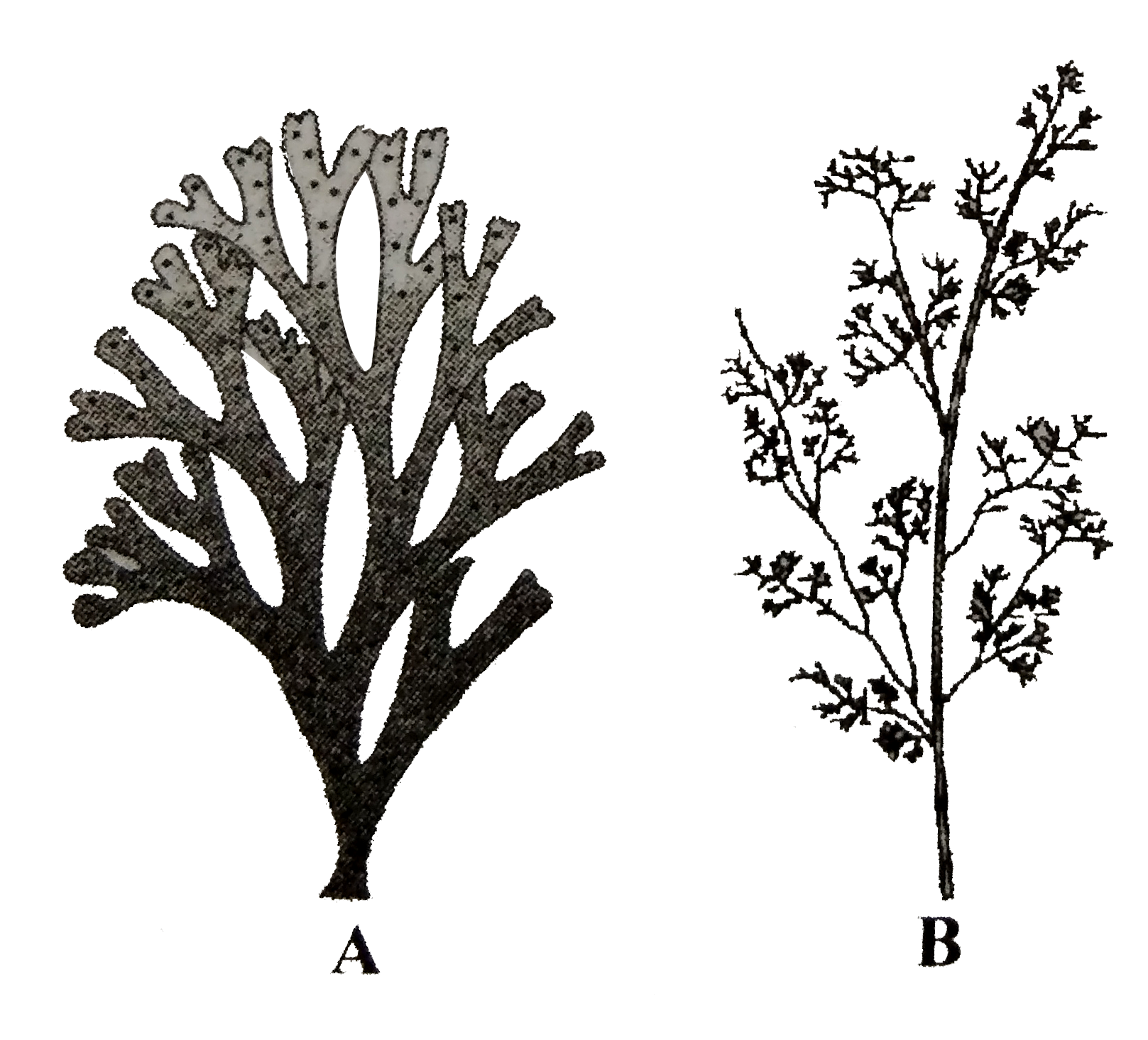
Identify the given figures of algae and select the correct option.
View SolutionIdentify the given figure of a protozoan protist and select the correct option.
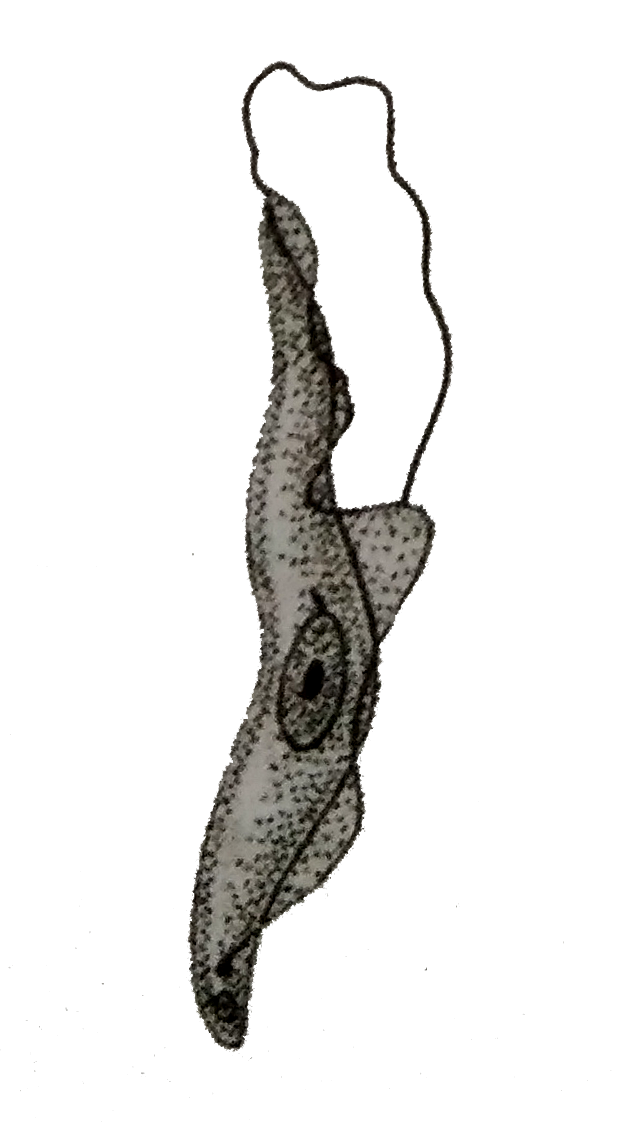
View Solution

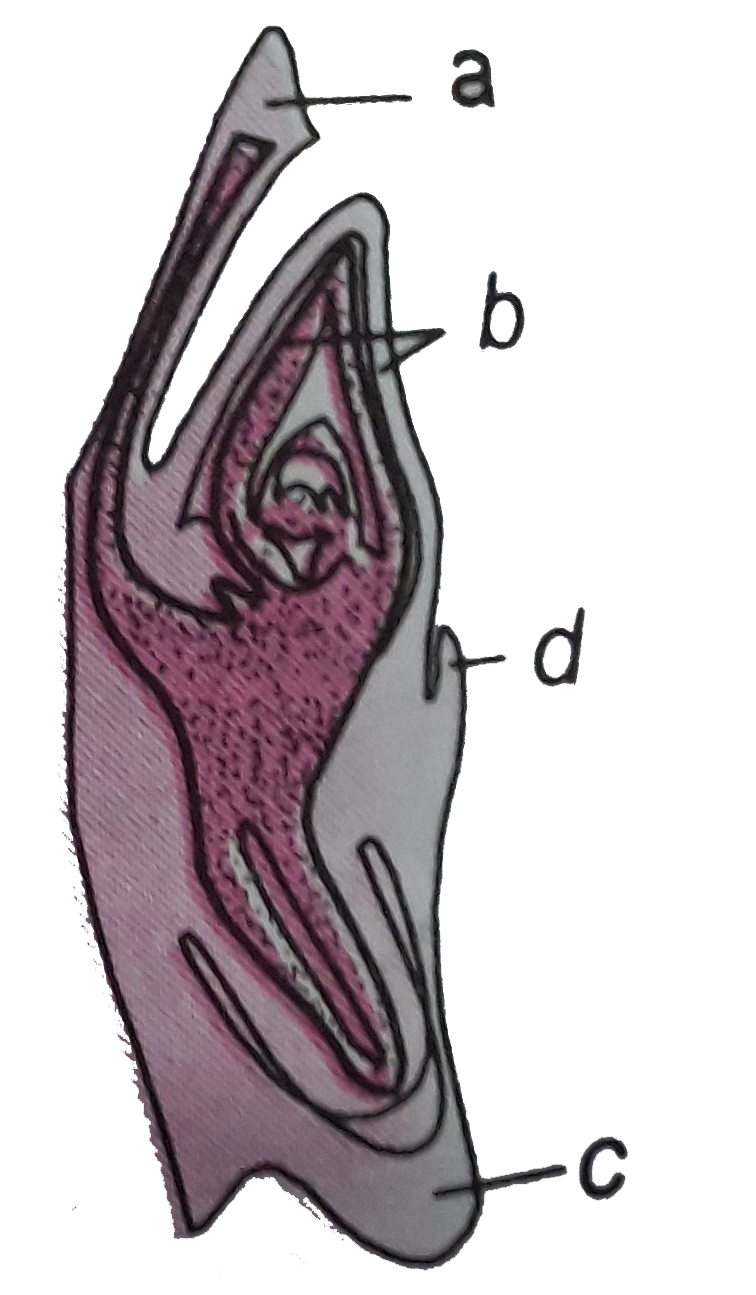 .
.